NFTs: Tokens to the Branded Digital World
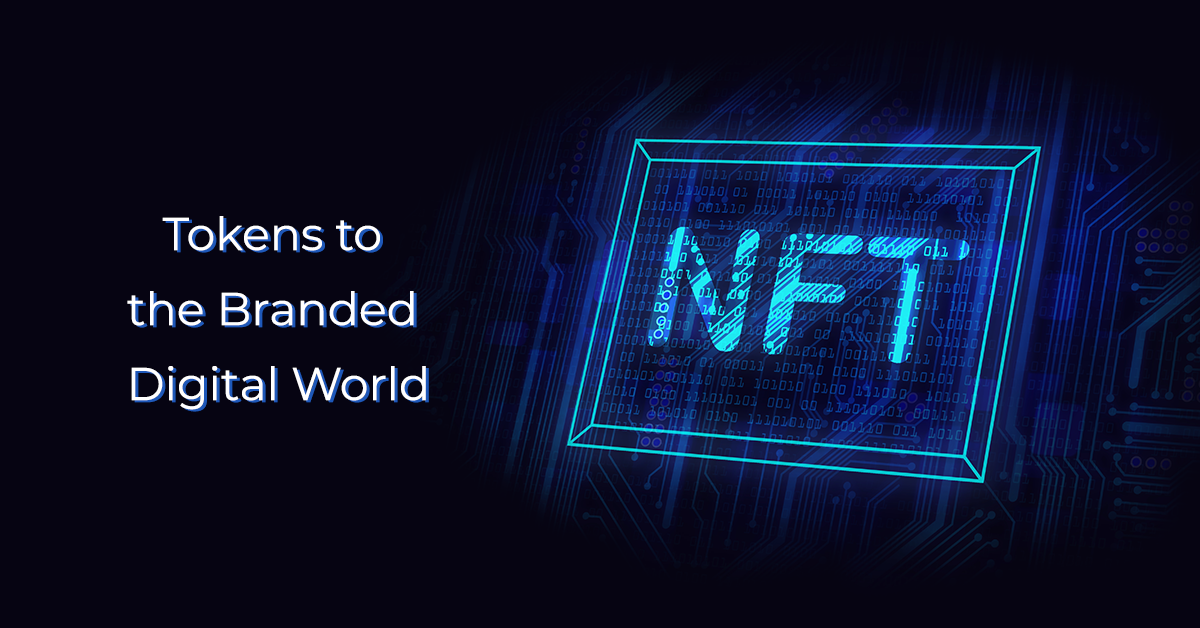
You may have seen the increasing amount of digital apes or other seemingly jovial jpegs and thought to yourself: what is this, or it sold for HOW much? I was initially skeptical about how NFTs would integrate into the digital world, but they are just beginning.
What is an NFT?
NFT stands for non-fungible token and is a non-interchangeable unit of data stored on a blockchain, a form of digital ledger, that can be sold and traded. The cryptographic tokens may be associated with digital files such as photos, videos, and audio that make them unique.
The idea of NFTs supposedly started with “colored coins,” issued on the Bitcoin blockchain in 2012 and 2013. Colored coins tokens represent real-world assets on the blockchain and can be used to prove ownership of any asset. The timeline of NFTs can vary depending on your source, but most experts cite two notable events, Quantum and CryptoPunks, as pivotal points in NFT history. In May 2014, Kevin McCoy first minted a non-fungible token, “Quantum.” In 2017, American studio Larva Labs’ created the CryptoPunks series. CryptoPunks is a series of collectible digital characters that were traded through NFTs.

Where are we now with NFTs?
When thinking about new technology or trends, I like to use the five customer segments of technology adoption to find where we are on the curve and where we expect our customers to be. Just as consumers have different levels of comfort with adoption, the technology or trend also has a life cycle of its own that can be helpful to try and predict.
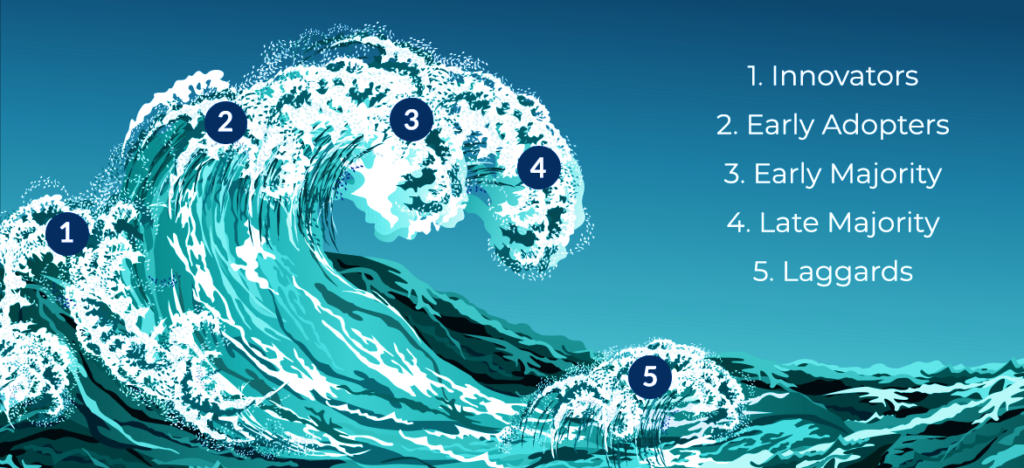
I would argue we are in the early adoption stage of NFTs. Of course, when we look back on this time in the future, depending on what course NFTs and this digital world take, we could be farther along in the early majority. However, we are in the early adoption stage because NFTs are no longer obscure to consumers and brands, but there is still enough hesitancy around engaging with this touch-point. It also depends on how you view NFTs; if they are a larger play into the metaverse and Web3, we are definitely early in terms of where we could be in the next 3 to 5 years. We are quickly moving towards early majority adoption with NFTs. Consumers are starting to understand the concepts, there are practical uses and it is becoming more accessible to the everyday person. Brands need to move fast to create and innovate proactively rather than play catch up. This is the perfect stage for high-profile brands to make waves and set industry standards. There has been enough time to understand the direction we believe we are heading towards to be thoughtful in execution, but it is still early enough that consumers will be forgiving. Once more brands move into the space, they will be over-saturated with ideas, making it that much harder to achieve your goals.
In an attempt to better grasp NFT possibilities as it relates to brands, I attended KickHouse’s How Brands Can Leverage NFT’s webinar with Jessica Yarmey, Samantha Salas and Dixie (Ruth Ann) Gilbert speaking. The event only made me more excited about NFTs and all the opportunities that present themselves surrounding them.

Why are NFTs going to be increasingly important?
NFTs should not be ignored. The NFT market exploded with an estimated value of over $41 billion in 2021, according to blockchain data company Chainalysis. For comparison, the global fine art market was valued at $50 billion in 2020. Even if you believe NFTs are just art, which they are much more than that, they still demand respect because they are closing the gap between the two competitive markets.
NFTs are also a great way to transition into the technological mindset of the metaverse and towards Web3. Capitalizing on NFTs now is an investment in the future of online interactions and commerce. The metaverse and NFTs are interconnected with the importance of digital assets and their value. The metaverse will be the stage in which NFTs are showcased. People will be able to collect and display their digital property, and the NFTs will set monetary value and ownership. As we determine what the metaverse will look like, it seems that NFTs will play a prominent role in accessing communities and digital possessions. Web3 seems even farther out but has been described as “the internet owned by the builders and users, orchestrated with tokens,” by Chris Dixon, a general partner at venture capital firm Andreessen Horowitz.
Even if you think about NFT activation in the short term, they inspire communities; something consumers are prioritizing. By creating an NFT presence, there is potential to reach new audiences and engage current ones. There is a niche group of people who have been innovators in the NFT space who will be more open to your brand if you lead with a technology-first approach. NFTs are another way to get current consumers reinvigorated about your brand with exclusive offers, rewards or benefits.
How can brands use NFTs today?
NFTs as stand-alone offerings
The simplest way to start in the NFT space is to create NFTs that are not intertwined with other initiatives. This kind of entry is excellent to test the receptiveness to what you are making and selling. An example of this would be to incorporate things like your name and logo.
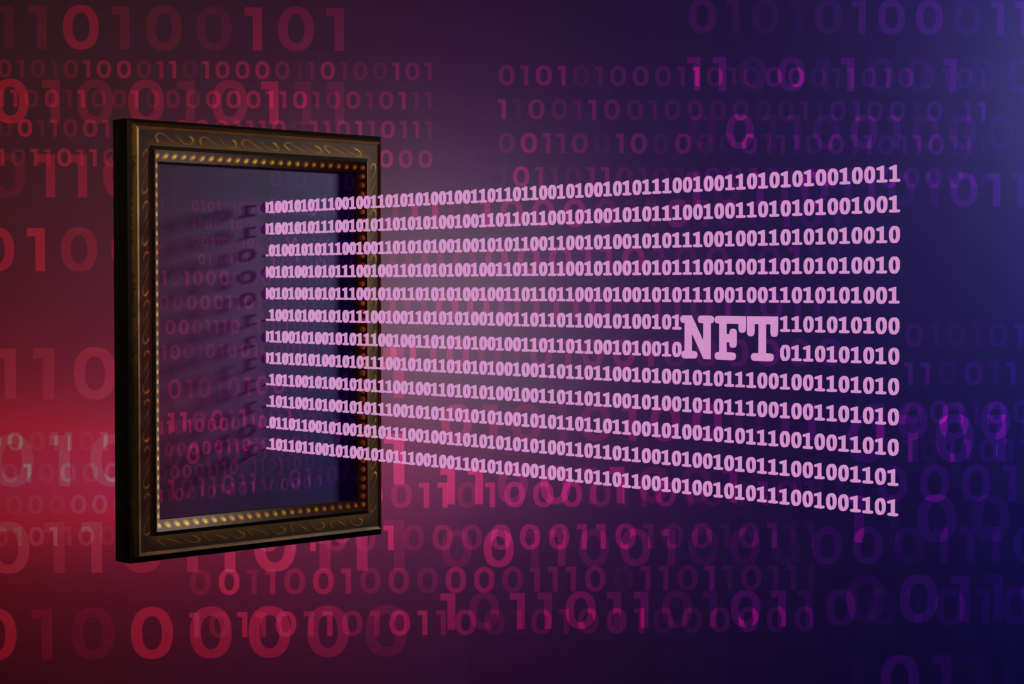
NFTs as an extension of existing promotions
A way that brands can integrate NFTs into their current marketing channels is to offer them as an added benefit. McDonald’s released its first NFT promotion to commemorate the return of the McRib. It was naturally called the MCNFT.

NFTs as collections or collectibles
A great example of this is how Budweiser released a series of NFTs called the Budverse Cans Heritage Edition. The collection consists of 1,936 Budverse Cans as a hat tip to the first-ever launch of the Budweiser can in 1936. The Budweiser website explained, “now you can own a piece of history and a collectible that gives you access to the future of Budverse.” The Budweiser collection played into nostalgia and the history of the brand.
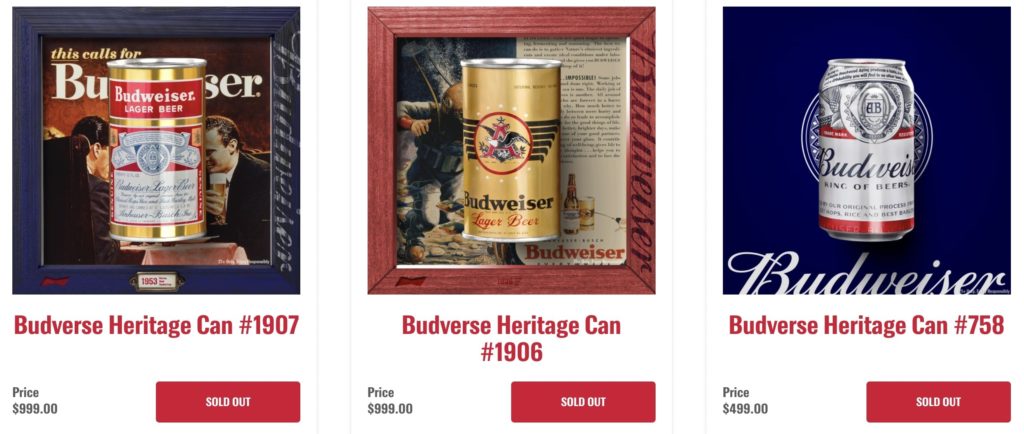
NFTs as a way to sell or pre-sell a product
METAgolden recently released a collection promoting a line of jewelry; the purchase of one of its NFTs would also include a physical piece of jewelry. This was a new approach to selling a physical good in the digital world by combining an NFT with the product. It seems like a smart way to protect the value of the art in comparison to the physical item.

NFTs as rewards or loyalty programs
Brands with strong rewards programs can layer NFTs into existing programs and create ongoing engagement. Nike released an NFT collection that appeared to be as simple as an animated box, but it launched the beginning of a long-term rewards play.
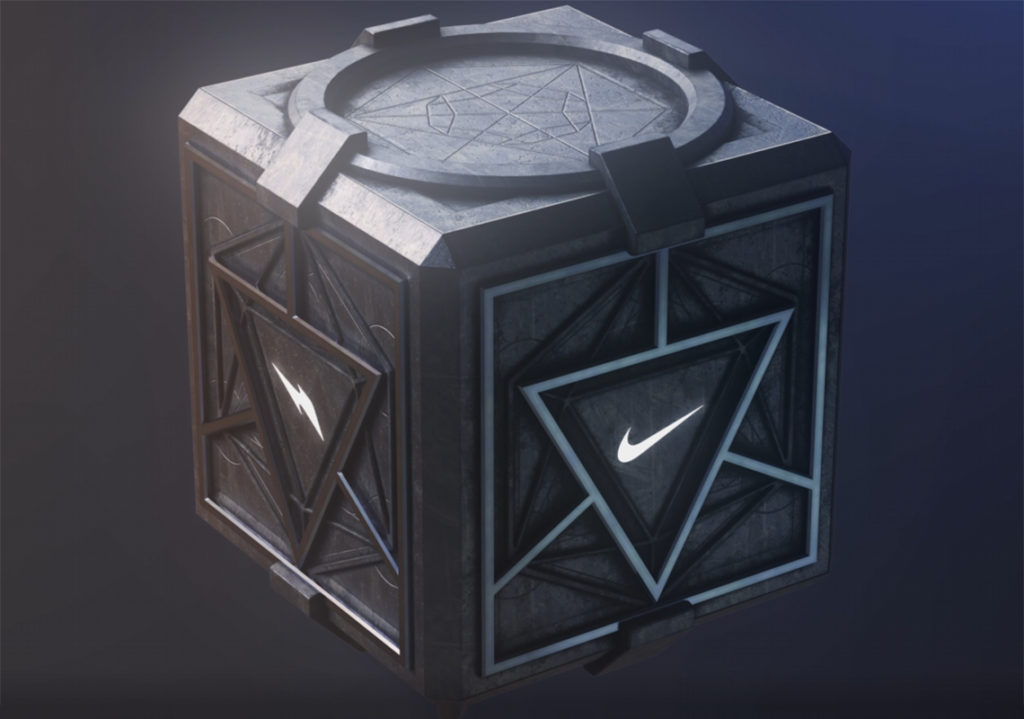
NFTs as an opportunity
There are a lot of examples of using exclusivity or utility to justify the value of NFTs; these could be in the physical and virtual world. The famous Bored Ape Yacht Club has a virtual congregation place but has also expanded into exclusive in-person events and multiple business opportunities for this community of owners. Flyfish Club in Manhattan is another example of this; Flyfish will only let those who hold a Flyfish NFT dine at the luxury club.

NFTs as you see them
The real beauty of NFTs right now is that there is no set formula for how brands are supposed to engage with them. The possibilities are endless, and as we move closer towards an even greater digital presence, there will be opportunities that brands are going to see and capitalize on. I have learned that some of the craziest ideas drive us towards the future, so you might as well try it before someone else beats you to it.
More About The Author
Lia Esposito is a senior at the University of North Carolina at Chapel Hill pursuing a degree in Media and Journalism concentrating in Advertising and Public Relations with an English Minor. She is currently a social media strategist in the fintech industry.

Feel free to surf to my webpage … https://www.youtube888.com/
https://t.me/Top_BestCasino/159
https://t.me/Top_BestCasino/123